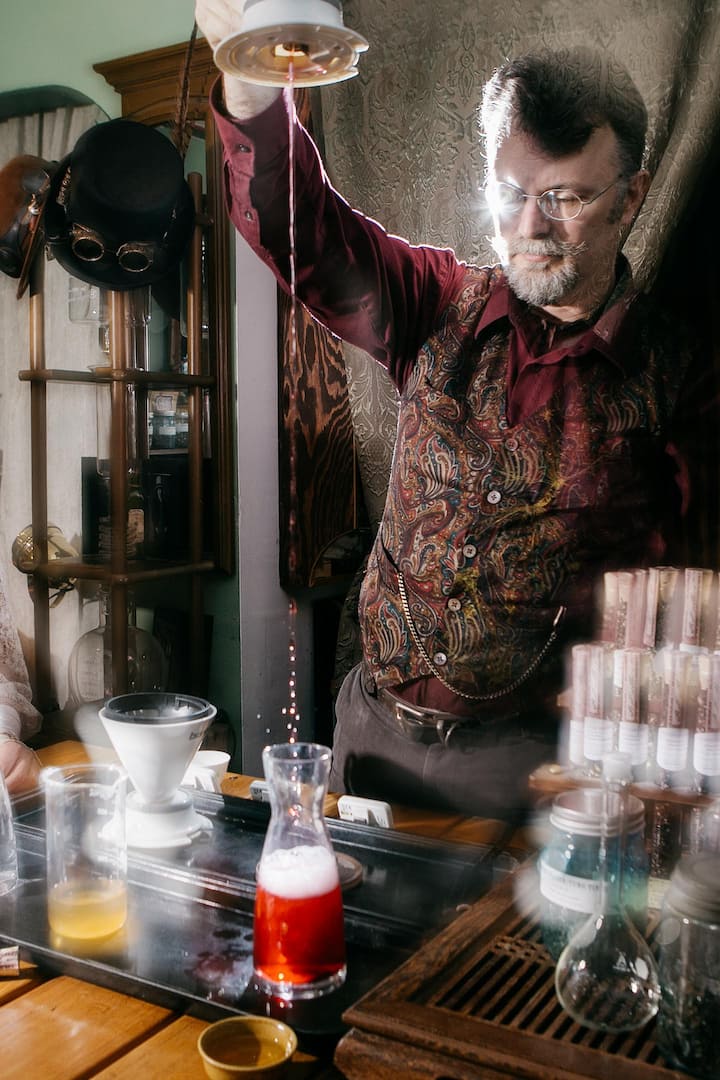Di tích lịch sử
Bainbridge Island Japanese American Exclusion Memorial
31 người địa phương đề xuất,
Gợi ý từ người dân địa phương
Fabulous walk leading to an impressive memorial to Japanese Americans who were excluded during World War II.
Beautiful site commemorating a painful chapter in our island and National history. The first spot from which US citizens of Japanese ancestry were rounded up and sent to desert interment camps. "Nidoto Nai Yoni"- Let It Not Happen Again.
Learn about the history of the Japanese community on the Island as well as current activities. The site features a compilation of photographs, artifacts, and recorded firsthand accounts of Japanese Americans during WWII.
The Bainbridge Island Japanese American Exclusion Memorial is an outdoor exhibit commemorating the internment of Japanese Americans from Bainbridge Island in the state of Washington. It is a unit of the Minidoka National Historic Site in Idaho. Japanese immigrants first came to Bainbridge Island in the 1880s, working in sawmills and strawberry harvesting, and by the 1940s had become an integral part of the island's community. Because of the island's proximity to naval bases, local Japanese Americans were the first in the country to be interned; 227 Japanese Americans were ordered to leave the island with six days' notice. They departed by ferry on March 30, 1942. Most internees were sent to Manzanar, CA, though some were later transferred to Minidoka, Idaho. Local newspapers such as the The Bainbridge Review (made famous by the novel and film Snow Falling on Cedars) spoke out against the internment and continued to publish correspondence from internees. A Seattle Post-Intelligencer photograph of Bainbridge Island resident Fumiko Hayashida and her 13-month-old daughter preparing to board the ferry that day became famous as a symbol of the internment. About 150 returned to the island after the end of World War II. By 2011, about 90 survivors remained, of whom 20 still lived on the island. The first part of the memorial to be constructed was an outdoor cedar "story wall" with the names of all 276 Japanese and Japanese Americans resident on the island at the time The wall was designed by local architect Johnpaul Jones, an American Indian and the principal of Jones and Jones Architects. The grounds of the memorial wall is natural landscaping, native species including sword fern, mahonia, salal, and shore pine. Local artist Steve Gardner created friezes to be placed on the wall, depicting some of the scenes of residents being herded onto the ferries; he stated that the project "sucked me in in a way I hadn't thought about. This really is a story about American citizens." The memorial was opened to the public on July 30, 2011.
The Bainbridge Island Japanese American Exclusion Memorial is an outdoor exhibit commemorating the internment of Japanese Americans from Bainbridge Island in the state of Washington. It is a unit of the Minidoka National Historic Site in Idaho. Japanese immigrants first came to Bainbridge Island in…
Những điều độc đáo nên trải nghiệm gần đó
Người dân địa phương cũng khuyến nghị
Vị trí
4195 Eagle Harbor Dr NE
Bainbridge Island, WA







